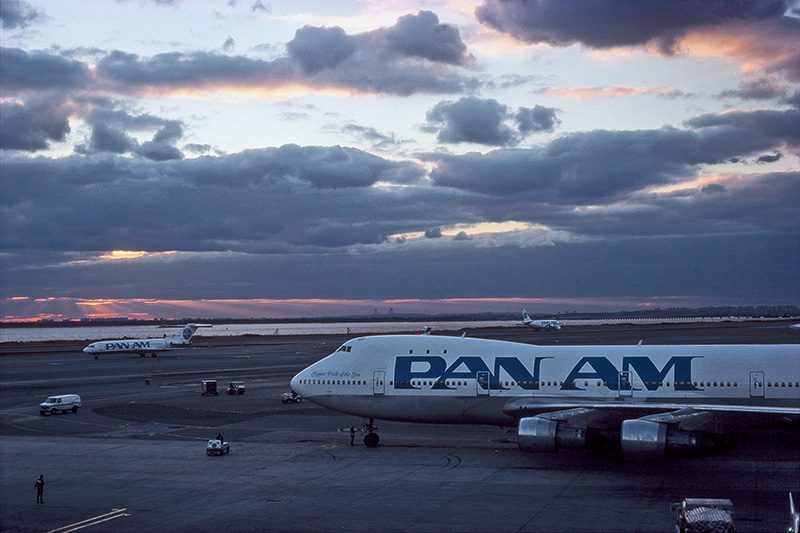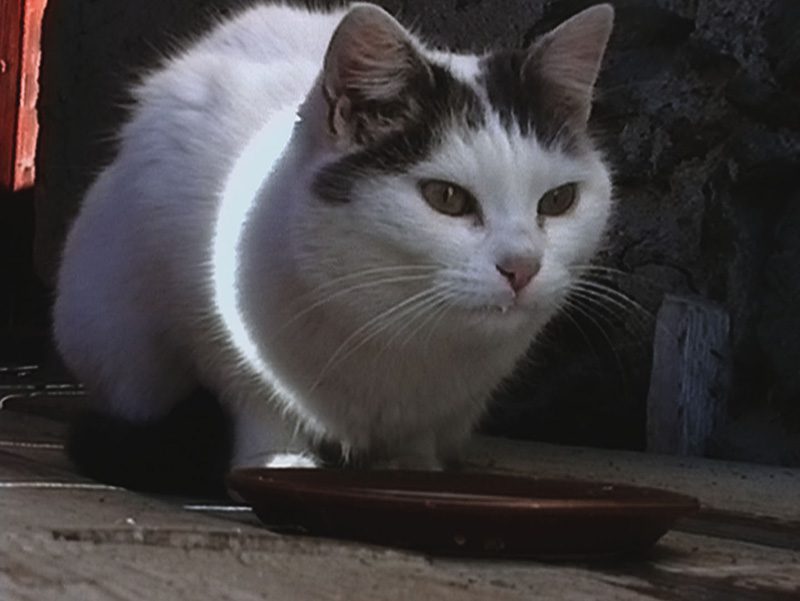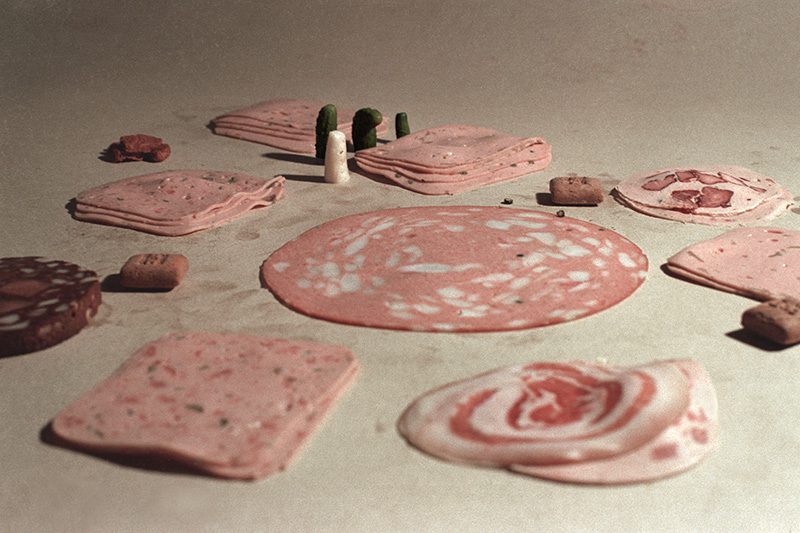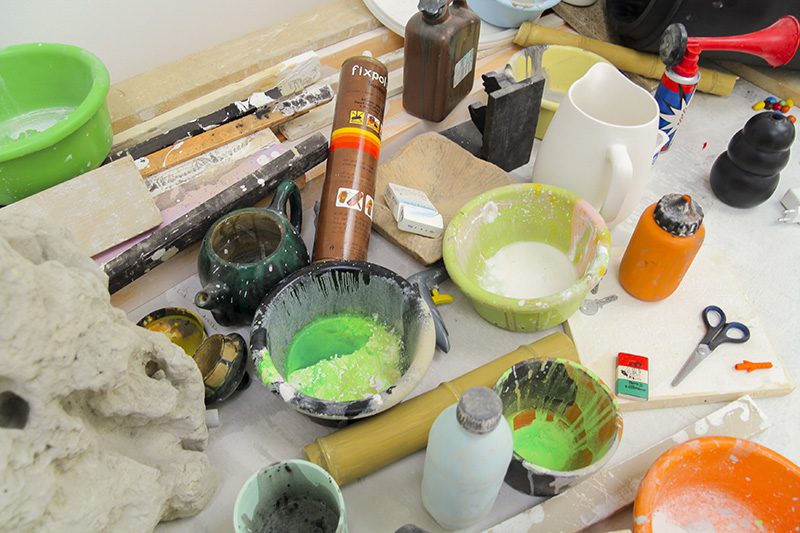ART-PRESENTATION: Peter Fischli and David Weiss
 Since 1979, the Swiss artist duo Peter Fischli and David Weiss have created an extraordinary breadth of work, often ignoring the traditional distinctions between high and low art. With a sincere curiosity about human nature and wonder in the everyday, they have embraced new possibilities for encounters with art.
Since 1979, the Swiss artist duo Peter Fischli and David Weiss have created an extraordinary breadth of work, often ignoring the traditional distinctions between high and low art. With a sincere curiosity about human nature and wonder in the everyday, they have embraced new possibilities for encounters with art.
By Dimitris Lempesis
Photo: Fundación Jumex Arte Contemporáneo Archive
The retrospective “Peter Fischli David Weiss: How to Work Better”, at Fundación Jumex Arte Contemporáneo in México City, brings together 200 sculptures, photographs, videos, and installations, the presentation is not organized chronologically, instead, selections from each of Fischli and Weiss’s major series appear alongside works from other points in their career, creating dialogues that span the pair’s history of working together. Through their sustained investigation into the everyday, Fischli and Weiss undid false dichotomies with the conviction that bewilderment might be a desirable state. The artists embodied this approach in their alter egos, Rat and Bear, who, for all their differences appear as equal partners in their various misadventures. Rat and Bear surface throughout Fischli and Weiss’s work in a range of forms, including appearances in the early films “The Least Resistance” (1980–81) and “The Right Way” (1983) as authors of the artists’ book “Order and Cleanliness” (1981) and as the sculpture “Rat and Bear (Sleeping)” (2008). Never ones to issue statements or dictate meaning, Fischli and Weiss avoided the authoritative voice of the artist and acted instead as whimsical philosophers who pondered all questions, great and small. No inquiry was too extraordinary or too trivial, whether metaphysical or empirical, as evinced by works such as “Large Question Pot” (1984) and the series “Question Projections” (2000–2003), which features phrases both fanciful and serious. In “Fotografías” (2005), hand-painted signs from amusement parks and carnivals are transformed into dozens of eerie small-format black-and-white photographs. “Suddenly This Overview” (1981- ), a series of tiny clay sculptures that chronicle an idiosyncratic world history. When not documenting the world around them, Fischli and Weiss played with signs and symbols for that world. In their first project, “Sausage Series” (1979), the artists emulated vignettes from classical paintings and popular culture in photographed compositions of luncheon meats and household items. Subsequent series such as “Rubber Sculptures” (1986–88 & 2005–06) and “Cars” (1988) bring heightened attention to the products that populate daily life. In the series of photographs titled “Equilibres (A Quiet Afternoon)” (1984–86) and their renowned video “The Way Things Go” (1987), they recorded unlikely balancing acts and chemical reactions that animated the most mundane of objects in ballets of utter precariousness. The artists created systems doomed to fail and found delight in the entropic beauty of imminent collapse.
Info: Curator: Nat Trotman, Fundación Jumex Arte Contemporáneo, Miguel De Cervantes Saavedra 303, Colonia Granada, México City, Duration: 9/6-4/9/16, Days & Hours: Tue-sun 11:00-20:00, www.fundacionjumex.org





